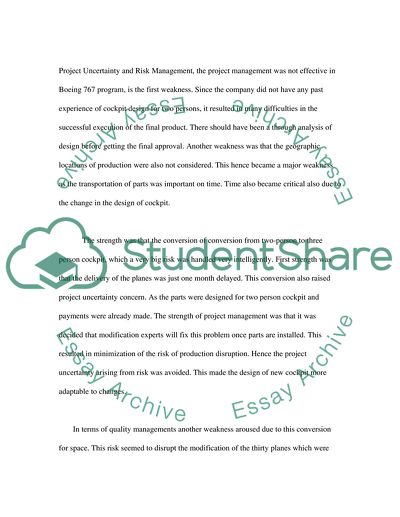Cite this document
(“A New Airplane Program of Boeing 767 Case Study - 1”, n.d.)
A New Airplane Program of Boeing 767 Case Study - 1. Retrieved from https://studentshare.org/engineering-and-construction/1552607-boeing-case-study
A New Airplane Program of Boeing 767 Case Study - 1. Retrieved from https://studentshare.org/engineering-and-construction/1552607-boeing-case-study
(A New Airplane Program of Boeing 767 Case Study - 1)
A New Airplane Program of Boeing 767 Case Study - 1. https://studentshare.org/engineering-and-construction/1552607-boeing-case-study.
A New Airplane Program of Boeing 767 Case Study - 1. https://studentshare.org/engineering-and-construction/1552607-boeing-case-study.
“A New Airplane Program of Boeing 767 Case Study - 1”, n.d. https://studentshare.org/engineering-and-construction/1552607-boeing-case-study.


